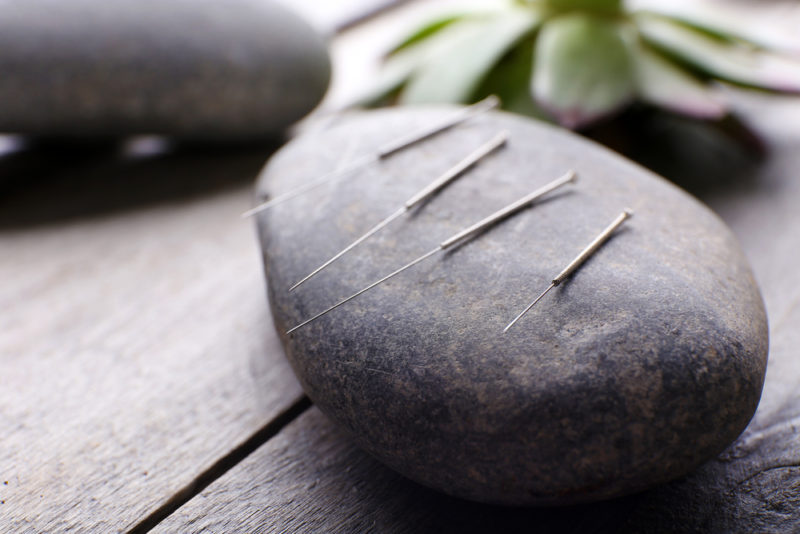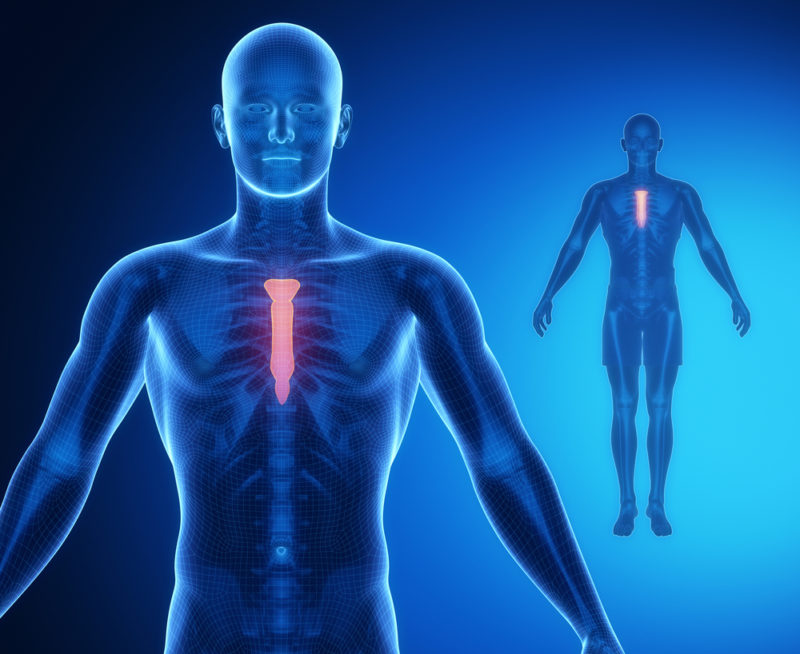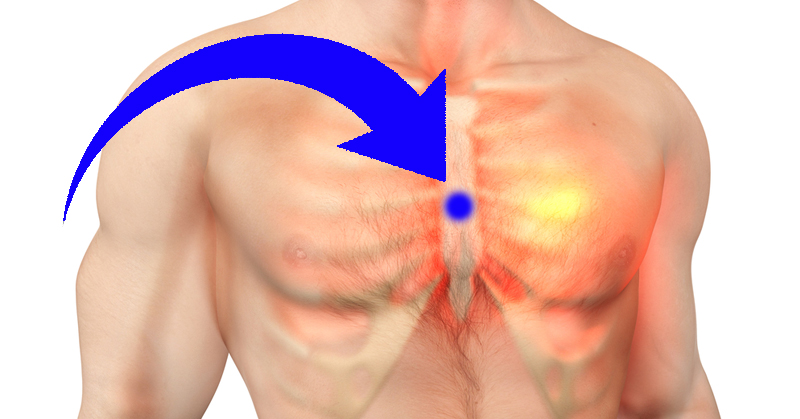Considering that acupuncture is the practice of inserting extremely thing needles through the skin at strategic points on the body, it may make you a bit nervous. But many scientific studies have shown that acupuncture can help ease types of pain that are often chronic, such as lower back pain, neck pain and osteoarthritis pain. It has even been successfully used to help reduce the frequency of tension headaches, and prevent migraine headaches.
Acupuncture comes from Traditional Chinese Medicine that originated in ancient China and has evolved over thousands of years. Traditional Chinese Medicine practitioners used herbal medicines and various mind and body practices including acupuncture and tai chi to treat or prevent health problems. This type of natural medicine has since been integrated into Western medicine, and it’s commonly used today to treat a variety of health issues. Specific points on the body are thought to treat different issues and promote health and wellness.
If needles make you a little queasy, here’s where acupressure can come in. Acupressure uses the same pressure points and meridians as acupuncture, but with a gentle to firm finger pressure, instead of a needle. Activating pressure points can help release tension from the body, promote blood circulation and enhance the body’s energy to aid in healing.
Activating CV 17 through Acupressure for Stress and Anxiety
The pressure point that is believed to help combat stress and anxiety is known as CV 17. It’s located four finger widths north of the base of the breastbone, almost directly in the center of the chest. CV 17 is also known as the “sea of tranquility” in Chinese Medicine, as it is believed to promote emotional balance. 
Here’s how to locate it and begin the healing process:
- Use your fingertips to slowly rub up and down the center of your breastbone. You should be able to feel a small indentation.
- Once you’ve found the indentation at the base of the breastbone, around the center of the chest, you’ve found point CV 17.
- Sit in a position that allows the spine to remain straight and upright. You may want to use a straight-backed chair to ensure the back stays straight throughout the process.
- Place your palms together with your fingers pointing upward, similar to a prayer position.
- Once you’re in a sitting position with your spine straight and you have your hands in a prayer position, use the knuckles on the back of your thumb to gently press into the center of the CV 17 point.
- Close your eyes and focus on deep and relaxed breathing, in contrast to shallow breaths that stress and anxiety may bring about.
- Keep your back straight and upright. This will allow you to breathe fully and deeply.
- Keep your head upright but relaxed, as if you are staring slightly downward. As you exhale, it is normal for the head to move at a downward angle as the lungs are expelling air.
- Continue this meditation for at least 2-3 minutes. This will allow both the mind and the heart rate to settle into a relaxed state.
Performing this meditation 2-3 times each day can help you focus, relax and remain conscious of the importance of deep breathing. This practice is not only believed to help relieve stress and anxiety; it may also be effective in helping those with depression, chronic fatigue, PTSD, hormonal imbalances, and those in the recovery period following an injury or surgery.
Watch the video below to learn how to activate CV 17 and several other pressure points to help reduce anxiety:
Sources:
Power of Positivity
NCCIH
Acupressure
Acupressure


